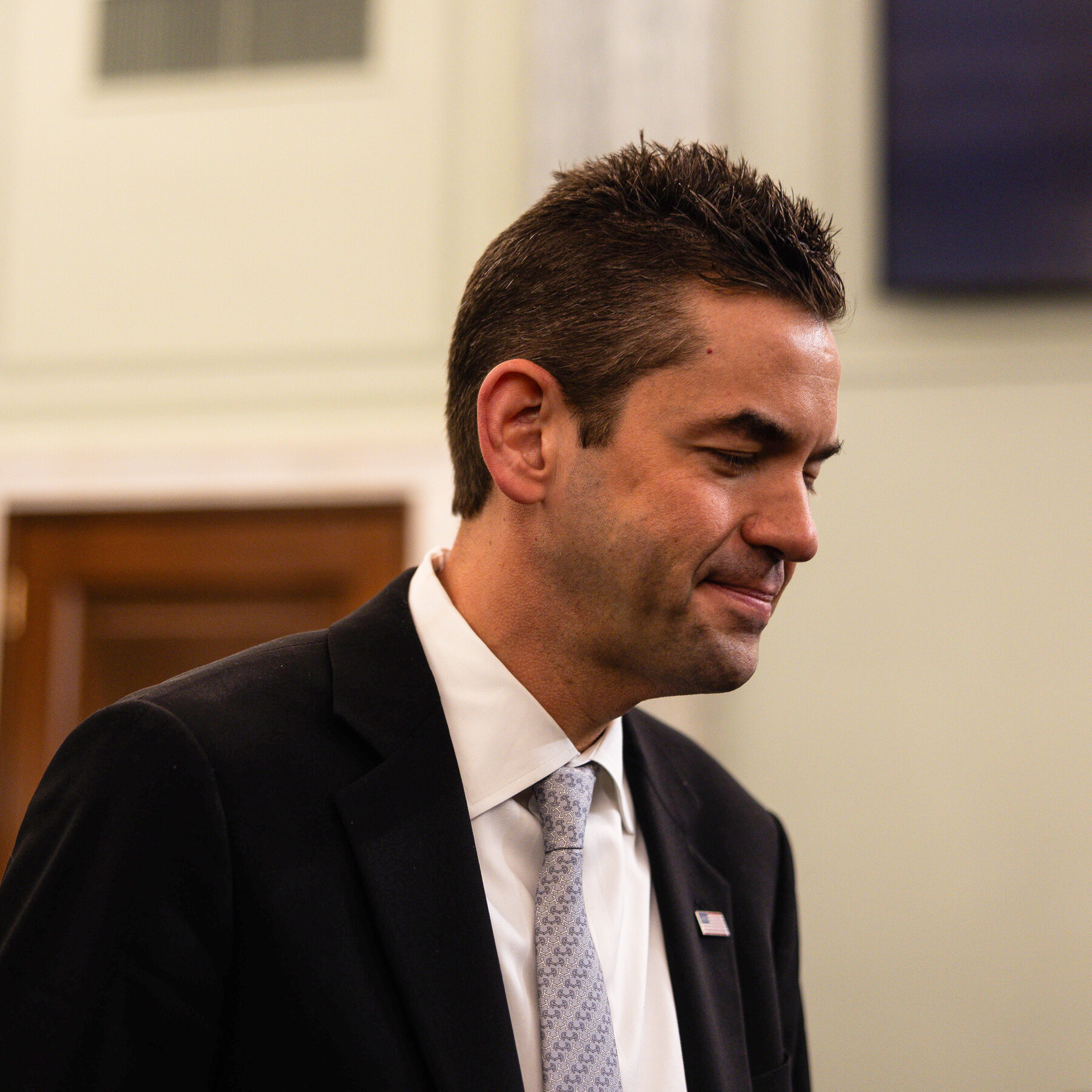National Laboratories Accelerate the Fusion of AI and Supercomputing
Why the Push Is Happening Now
Artificial intelligence has become a critical catalyst for the United States’ network of national laboratories. As AI models grow larger and more complex, researchers are scrambling to pair them with the massive computational horsepower of the nation’s most powerful supercomputers.
Strategic Partnerships with Industry Leaders
To meet this demand, the Department of Energy (DOE) has struck a series of high‑profile agreements with technology giants, most notably Nvidia. These collaborations give labs access to cutting‑edge GPUs, AI‑optimized software stacks, and joint development programs that accelerate the deployment of AI workloads on exascale systems.
Key Laboratories Leading the Charge
Oak Ridge National Laboratory (ORNL) is integrating Nvidia’s H100 GPUs into its Summit and Frontier successors, aiming to cut AI training times from weeks to days. Argonne National Laboratory is piloting AI‑driven materials discovery pipelines that leverage its Aurora supercomputer. Meanwhile, Lawrence Livermore National Laboratory is using AI to enhance climate modeling and nuclear stockpile stewardship, exploiting the hybrid CPU‑GPU architecture of its Sierra and upcoming El Capitan systems.
Funding and Policy Support
The DOE’s Accelerating AI for Science initiative has earmarked over $1.2 billion for AI‑supercomputer integration through FY2026. This funding supports hardware procurement, software development, and workforce training, ensuring that scientists have the skills needed to harness AI at scale.
Challenges on the Road Ahead
Despite the momentum, labs face hurdles such as data security, software portability, and the need for robust validation of AI‑generated results. Addressing these issues requires close coordination between government, academia, and industry partners.
Looking Forward
By weaving AI tightly into the fabric of supercomputing, the national labs are positioning the United States to lead breakthroughs in everything from drug discovery to climate prediction. As these partnerships deepen, the pace of scientific innovation is set to accelerate dramatically.





